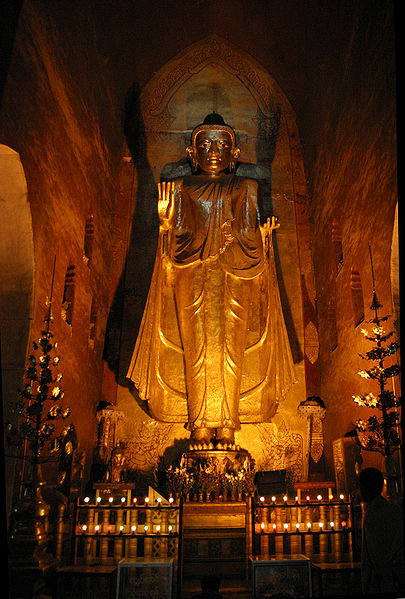The country of Myanmar was for a long time not known for being the most open to tourism, but that has been changing in recent years. As the country becomes more accessible, there is now the chance to see some truly amazing remnants of its past. The most stunning by far is the former capital of a Burmese empire, the city of Bagan. Spread across miles of plains, Bagan holds the distinction of being the largest and densest collection of Buddhist monuments in the world.
From the 9th to the 13th centuries, Bagan, located on the Bagan plains on the banks of the AyeyarwadyRiver, was the capital of the Kingdom of Pagan. Dedicated to promoting Buddhism, the people of the city erected more than 10,000 temples, pagodas and monasteries over the years. This center of culture and learning attracted both priests and scholars from distant lands. The city’s glory ended, however, at the hands of the Mongol Empire when, in 1287, they invaded and sacked the city. It still remained occupied, albeit with a much smaller population. Monuments continued to be built all the way into modern times, though nothing as grand as what once was.

Many of the old structure are gone, though more than 2200 structures still remain, spread across an area of around 40 square miles. These temples and other religious buildings often house beautiful statues of Buddha within. Time and neglect has claimed much of the site, as have a number of natural disasters. Some attempts have been made to keep certain temples in a state of repair, although these are few and far between.
When visiting Bagan, you can explore the site on foot, rent a horse cart for a bumpy ride through the old city or even look down on it from the sky by taking a balloon ride. If temple-crawling sounds like your cup of tea, you can find out more about the site and what the surrounding area has to offer via the official tourism site.
Bagan overview photo courtesy of Kyle Lease via Wikicommons
Bagan Buddha photo courtesy of Gerd Eichmann via Wikicommons



1 comments